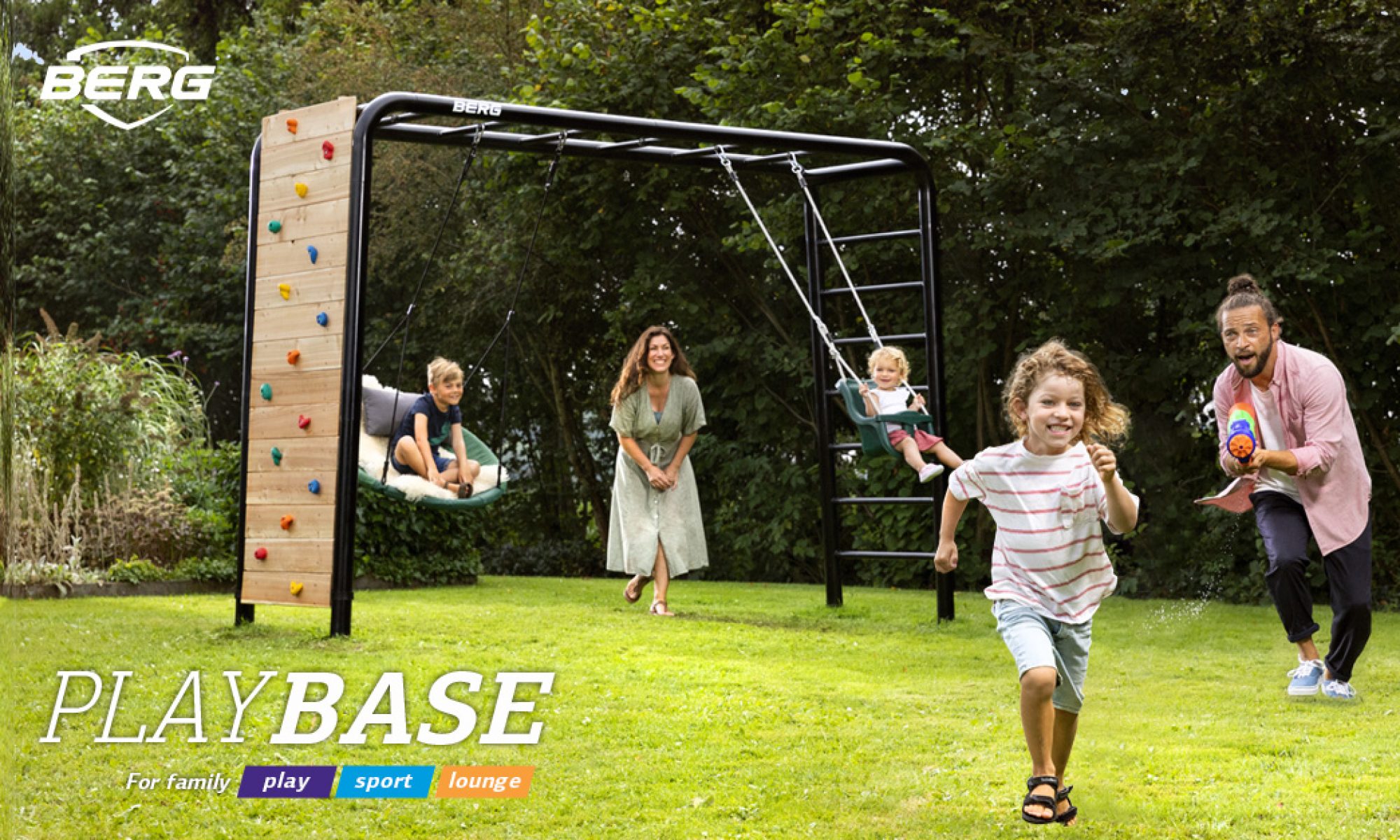For those who like to climb trees and/or build forts, but don’t want to leave the house, there’s climbing frames. These structures tend to be fairly tall and can take up a significant amount of space (I’ll cover the specifics below).

What is a climbing frame?
Climbing frames are essentially wooden or metal towers with equipment attached to them, such as wooden platforms or ropes for climbing. There are various types of framing, so you can pick one that suits your needs best.
For example, if you want a basic structure for small children to play on, there are smaller sets that don’t take up much room. On the other hand, if you have a bigger yard and want to be able to host climbing competitions, you’ll need a bigger model.
How high is the frame?
The height of climbing frames can vary quite a bit; some are over 20 feet tall (6 meters). Obviously, if they’re that tall then you need a lot more space all around them in order for kids to play on them.
How much space do I need?
Once you have one of these things, it’s crucial to make sure that there’s enough space around it so kids don’t get too close while climbing or falling off.
We’ll look at the frame itself first, then the area around the frame. Keep in mind that you also need to factor in any additional equipment that the kids might want to play on (e.g., monkey bars or slides).
How much space for each side?
The general rule of thumb is that you’ll need twice the diagonal length of the climbing frame, plus an extra 6 feet (1.8 meters) around it on each side. For example, if you have a 20 foot (6 meter) tall structure, it will take up about 32 feet by 32 feet (10 meters by 10 meters), so you need to leave 64 feet around all sides.
How much space for equipment?
(This is approximate and depends on the specific equipment that’s being used.)
Monkey bars: If you have a set of monkey bars you’ll need to leave about 10 feet around it.
Slides: If a child is going down a slide attached to the climbing frame, then it’s best if there’s at least 3 feet on either side of the slide and another 3 feet behind that (in case the child falls off).
How much space for a swing?
If you’d like to include swings, make sure they’re at least 5 feet away from the frame and give 12 feet of space around them (to accommodate falling backwards as well as forwards).
(Note: These measurements are all without obstruction, so you’ll need to add on some extra space if there are any large tree trunks or other obstacles near the climbing frame.)
How much space for people?
When kids play on these things, you’ll need to make sure they’re not too crowded; it’s best if there’s at least 4 feet of standing and walking space around people on the equipment.
